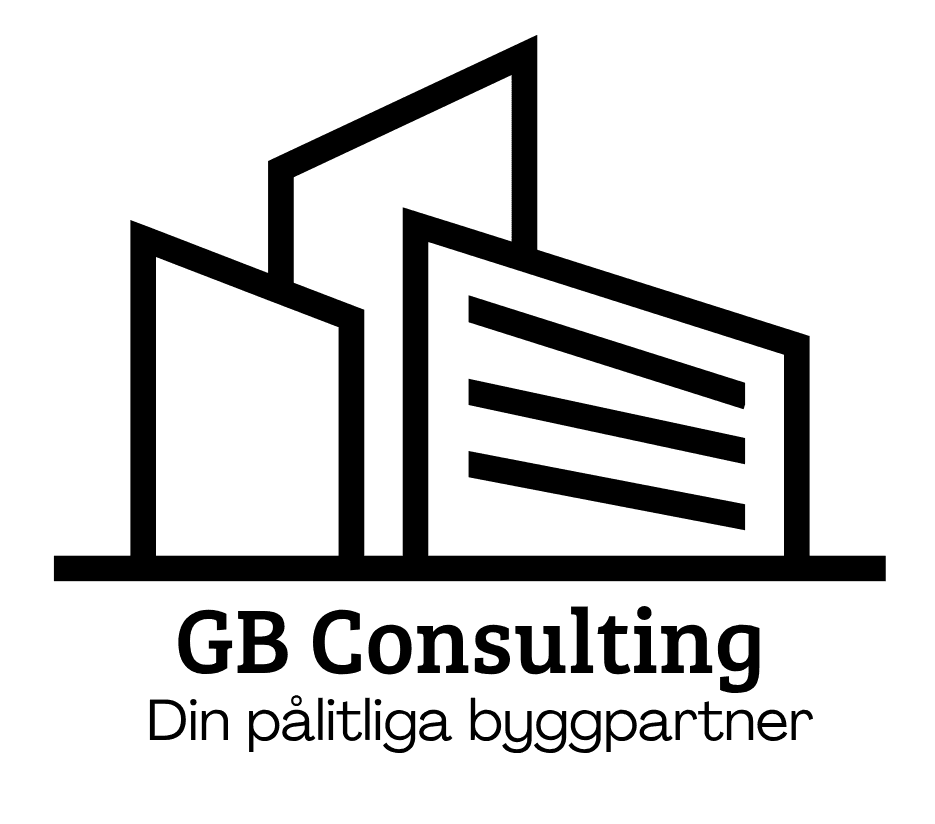The Impact of Local Economic Trends on Swedish Businesses
Understanding Local Economic Trends
In the ever-evolving landscape of business, staying attuned to local economic trends is crucial for Swedish businesses aiming to thrive and expand. These trends can significantly impact operational costs, consumer behavior, and overall market dynamics. Companies that effectively navigate these changes can position themselves for long-term success.
Local economic trends encompass a variety of factors, including employment rates, consumer spending habits, and real estate developments. By analyzing these elements, businesses can make informed decisions that align with the current economic climate. For Swedish enterprises, local economic indicators are particularly important due to Sweden's strong regional economic variations.

Employment and Wage Trends
One of the most critical local economic trends affecting Swedish businesses is employment and wage levels. A high employment rate generally leads to increased consumer spending, benefiting retail and service sectors. Conversely, unemployment spikes can tighten consumer budgets, affecting sales and profitability.
Moreover, wage trends play a pivotal role in shaping business strategies. Rising wages can increase operational costs but also boost consumer purchasing power. Swedish companies must balance these factors by optimizing their workforce efficiency and adjusting pricing strategies accordingly.
Consumer Behavior Shifts
Local economic trends significantly influence consumer behavior, impacting how businesses market and sell their products. During economic downturns, consumers may prioritize essential goods over luxury items, prompting companies to adjust their offerings.

Understanding these shifts allows businesses to tailor their marketing efforts to meet evolving consumer needs. By leveraging data analytics and market research, Swedish businesses can gain insights into consumer preferences and adapt their strategies to maintain a competitive edge.
Real Estate Developments
The real estate market is another crucial aspect of local economic trends that impacts Swedish businesses. Changes in property values and rental costs can affect both new and established companies. High property prices in urban areas may push businesses to explore suburban locations, influencing logistics and customer accessibility.
Additionally, new real estate developments can bring opportunities for growth. As areas become more developed, they attract more consumers, providing businesses with a larger customer base. Swedish companies should monitor real estate trends to identify potential new markets and expansion opportunities.

Navigating Economic Challenges
While local economic trends offer opportunities, they also present challenges that require strategic planning. Economic fluctuations can create uncertainty, making it essential for businesses to remain flexible and responsive. Implementing contingency plans and diversifying revenue streams can help mitigate risks associated with economic volatility.
Moreover, staying informed about government policies and regulations related to economic development is crucial. Swedish businesses should engage with local chambers of commerce and industry associations to stay updated on relevant legislative changes that may impact their operations.
Leveraging Technology for Insights
In the digital age, technology plays an integral role in understanding and adapting to local economic trends. Swedish businesses can utilize advanced analytics tools to gather real-time data on economic indicators and consumer behaviors.

These insights enable companies to make data-driven decisions that enhance their competitiveness. By harnessing technology, businesses can anticipate market shifts and proactively adjust their strategies to align with emerging trends.
Conclusion: Embracing Change
The impact of local economic trends on Swedish businesses is profound and multifaceted. By staying informed and adapting to these changes, businesses can not only survive but thrive in an ever-changing market landscape. Embracing flexibility and innovation will be key drivers of success as companies navigate the complexities of the modern economy.
Ultimately, those who effectively manage the implications of local economic trends will be better positioned to seize new opportunities and achieve sustainable growth in the Swedish market.
